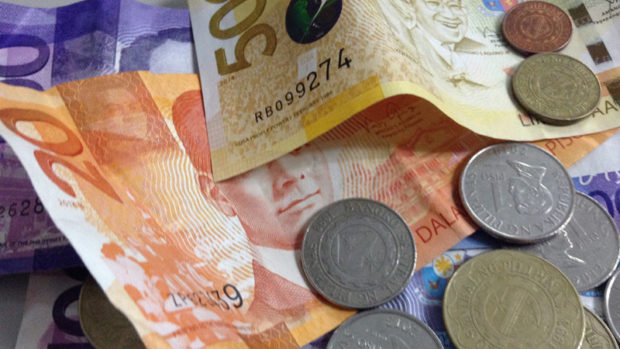
BMI Research, the research arm of the Fitch Group, expects the peso to outperform in total return terms by yearend, despite its being being “one of the worst performing” Asian currencies to date.
On Monday, the peso remained at the 50:$1 level, further weakening to 50.545:$1, an almost 11-year low, from 50.47:$1 last Friday.
At the Philippine Dealing System, the peso reached an intraday low of 50.57:$1 and a high of 50.45:$1.
The total volume traded dropped to $395 million from Friday’s $760.9 million.
In a research note released on Monday, BMI Research said that “the Philippine peso is one of the worst performing currencies in Asia year-to-date, having broke support at around 50:$1 in mid-June, but it has still outperformed the dollar in total return terms, in line with our expectations.”
“While there is scope for further spot weakness over the coming months given rising real rates in developed markets, we do not expect this weakness to be excessive. Importantly, we are more dovish than market expectations with regards to US interest rates, forecasting no more rate hikes for the rest of the year,” BMI Research added.
BMI Research expects the peso to end the year at 50.2:$1, weaker than the previous forecast of 50:$1, before further weakening to 50.75:$1 next year.
“Additionally, we expect the Bangko Sentral ng Pilipinas to tighten its policy rate by 50 basis points before end-2017, which should see real interest rate spread move in favor of the peso,” BMI Research said.
“Although we expect structural inflation in the Philippines to average higher than the US due to persistently high loan and money supply growth, inflationary pressures are likely to remain anchored at around 4 percent over the coming quarters due to credible monetary policy in the country,” BMI Research added.
“Robust economic growth facilitated by the government’s expansionary development plans and an improved business environment, steady remittances inflows which are partially channeled to investment, and strong foreign direct investment (particularly from Japan and China) will be also supportive of the peso.” /atm